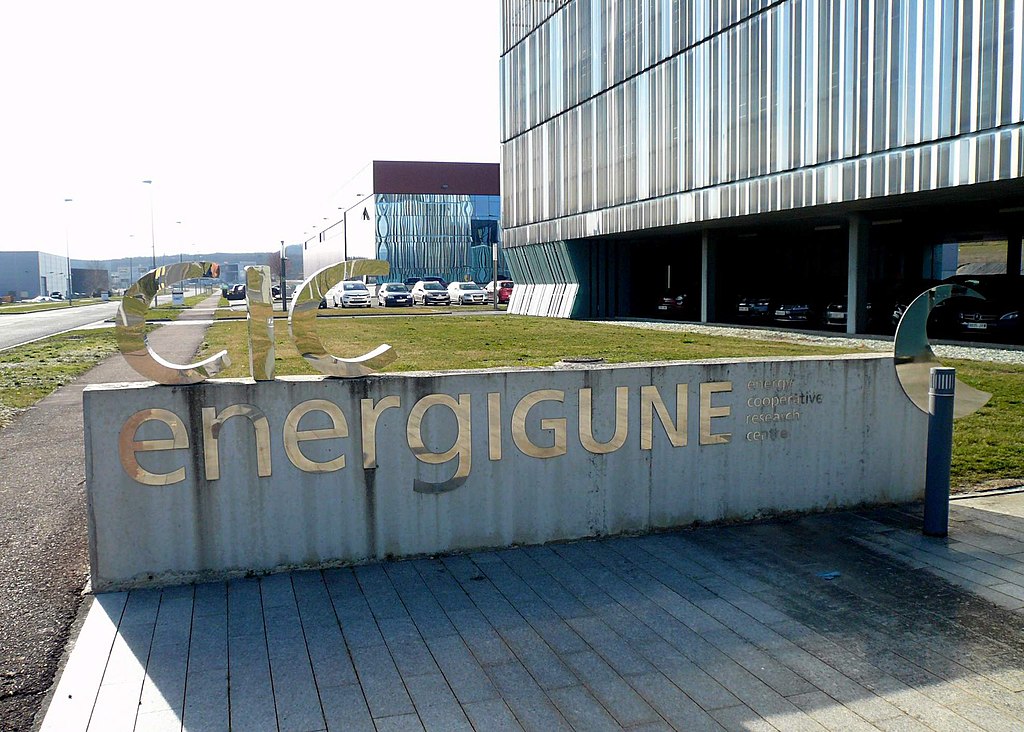Scientists at the Basque Country CIC energiGUNE research institute have developed a new battery design they say combines high energy density with the sort of fast discharge times usually seen in supercapacitors. The device could be used in high-power systems able to contribute to solving many of the remaining problems facing energy storage, both in electricity grids and vehicles.
The innovation is described in the paper An ultrafast battery performing as a supercapacitor: Electrode tuning for high power performance, published in Electrochimica Acta. The group worked with a battery based on hard carbon and nickel-manganese-cobalt (NMC) electrodes, and a lithium hexafluorophosphate electrolyte.
The Álava-based researchers found the hard carbon – produced by crushing and burning olive pits – had a much less uniform particle size than the NMC and used a ball milling process to reduce particle size to 1-10 microns. That process enabled fabrication of an electrode with reduced mass loading.
Pseudo-supercapacitor
At an operating voltage of 2.9-3.75 V, the battery was shown to be capable of energy density of 212 watt-hours per cubic centimeter (Wh/cm-3) at a power density of 1,000 W/ cm-3 respective to active mass, with a 10-minute discharge time. The system also achieved 87 Wh/cm-3 at 6,000 W/cm-3, with a discharge time of 32 seconds. Stability testing at a current density of 1 amp per gram and discharge time of 32 seconds showed better than 90% capacity reduction after 30,000 cycles.
The CIC group noted the performance lags that of lithium-ion and electric double-layer capacitors, which can achieve discharge times of down to one second, but theorized the technology could be of interest in applications where discharge times of around a minute are required. The researchers also said their ultrafast battery achieved more than three times the volumetric energy of a benchmark lithium-ion capacitor.
Seeking to explain the battery’s supercapacitor-like behavior, the group theorized “within the engineered electrodes, li [lithium] ions can only interact with the first atomic layers of NMC and HC [hard carbon] particles, permitting an extremely fast pseudo-faradaic-type reaction.”
This content is protected by copyright and may not be reused. If you want to cooperate with us and would like to reuse some of our content, please contact: editors@pv-magazine.com.




that’s really fantastic does that mean electric cars can be charged in 10 minutes using this tech?
Something seems not right with the energy density number. 212 watt-hours per cubic centimeter (Wh/cm-3) would be 212kWh/liter as 1 liter is 1000 centimeters cubed. Given this, you could fit a whole Tesla P100D battery in half a liter of space.
That’s exactly what I thought too
In the original research article energy values are given only considering volume of active mass, not per battery. Roughly speaking, those values should be divided by a factor of 4-5 to obtain the value of the battery.
If they can develop a device,which slows down the rapid discharge of electricity from a super capacitor, which can be controlled, that’s enough. No need to invent new battery technologies. I guess.
Thats my thinking as well. The nature of a capacitor is rapid charge and rapid discharge. To perform as a battery with a slow discharge would require some clever engineering.